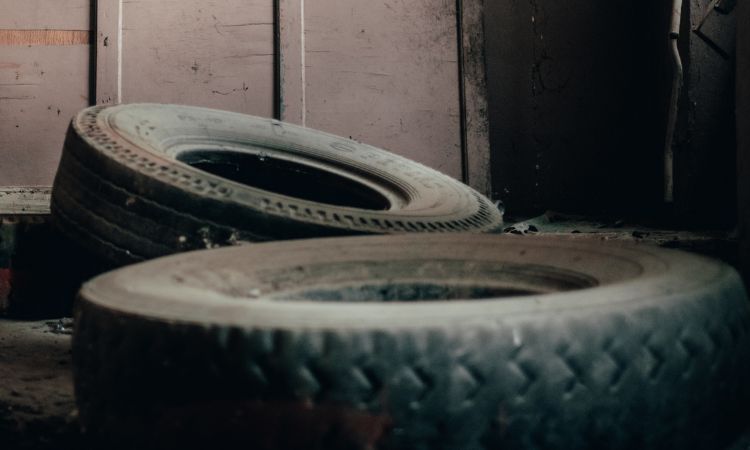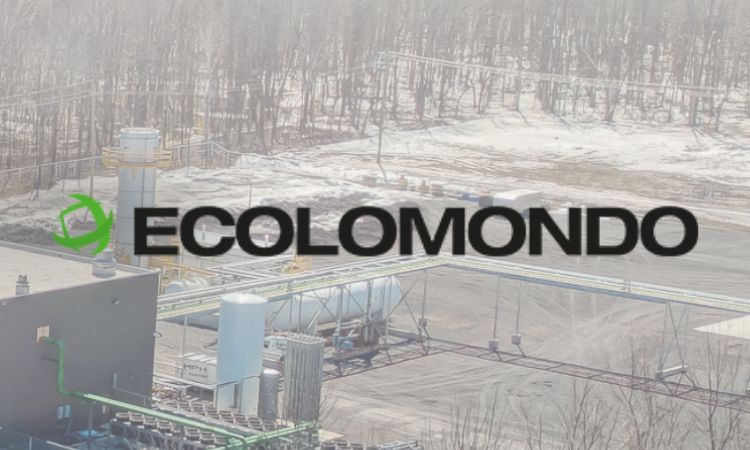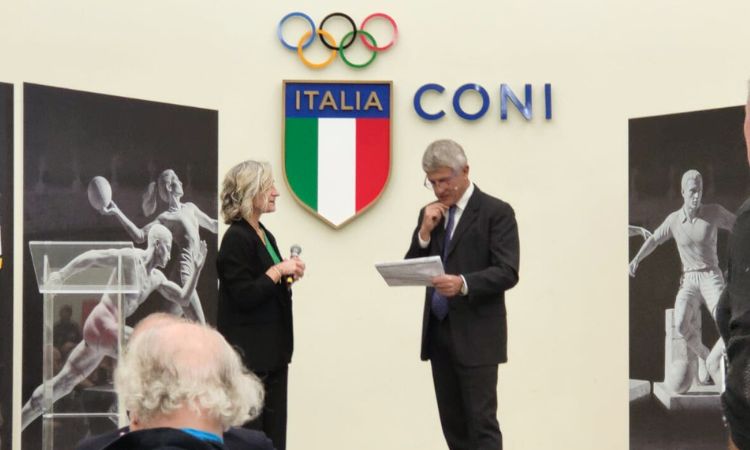Tire to oil plants: Beston Group on how to balance costs and quality for greener future
In a world increasingly focused on sustainability, end-of-life tires pose both an environmental challenge and an innovation opportunity. The tire-to-oil plant has emerged as a symbol of transformation in this context. Yet, to embark on this eco-friendly journey, one needs not just enthusiasm but also a thorough understanding of costs, influencing factors, and selecting a reliable manufacturer. In its recent article,Beston Group Co. Ltd. – the China-based Environmental Protection Division of Henan Golee Holding Group – explors the intricate relationship between economics, technology, and reliability in tire-to-oil plants, equipping you to make informed decisions.
Understanding tire pyrolysis plant costs: The cost of a tire pyrolysis plant encompasses machinery, materials, labor, land, permits, and overhead. Recognizing this breakdown is vital for assessing each investment's value.
Capital investment vs. Long-term returns: Investing in a tire-to-oil plant isn't just a financial decision; it's an investment in the future. The initial capital may seem high, but evaluating long-term returns in reduced waste, sustainable energy production, and potential revenue is essential.
Factors affecting costs
- Plant capacity: Larger plants cost more due to increased resources, materials, and operational complexity. However, they offer higher output potential and returns.
- Technology and automation: Advanced technology may have higher upfront costs but leads to more efficient operations and reduced long-term expenses.
- Material quality and durability: Using high-quality materials ensures operational stability and extended plant lifespan.
Choosing a reliable manufacturer
- Research and due diligence: In-depth research is essential. Examine manufacturers' backgrounds, industry reputation, and client feedback to make informed decisions.
- Track record and testimonials: A manufacturer's track record and customer testimonials provide insights into their reliability and capability.
- Transparency and customer support: Transparent communication and a commitment to customer support are indicators of a manufacturer's credibility.
Balancing cost and quality
- Striking a balance: Invest wisely by considering both cost and plant efficiency for better long-term returns.
- Avoiding quality sacrifices: Cutting costs by sacrificing quality can lead to operational issues, increased maintenance expenses, and reduced profitability.
- Long-term benefits with reputable manufacturers: A slightly higher initial investment with reputable manufacturers yields long-term advantages, including quality machinery and dependable after-sales support.
Conclusion: Decoding the tire to oil plant economics
Embracing tire-to-oil plants for waste management and sustainable energy production involves various considerations. Understanding cost dynamics, factors, and selecting a dependable manufacturer are key steps in making informed investments. As the world embraces environmental consciousness, tire-to-oil plant economics guide us toward a greener future.
To find out more, proceed to Beston Group Co. Ltd.’s article.
Weibold is an international consulting company specializing exclusively in end-of-life tire recycling and pyrolysis. Since 1999, we have helped companies grow and build profitable businesses.









